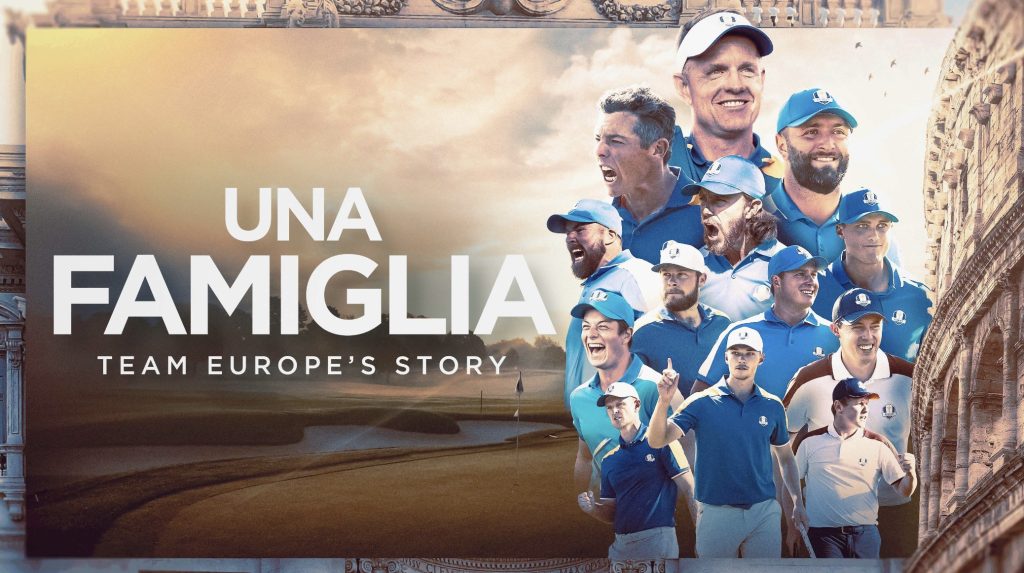Entertainment
TV station in Norway run by people with learning disabilities, autism and ADHD (easy English version))

 BBC
BBCThis is an easy English version of the story about TV BRA. For the standard English version, click here.
In Norway, there is a TV station where all the reporters have learning disabilities or are autistic.
The TV station is called TV BRA, which means “TV Good”.
They make a programme every week which is shown on TV and on their app.
They make the programme for people with a learning disability in Norway.
What does the show look like?

The programme is one hour long. It features reports about news, entertainment and sport. (A report is a piece of news about something.)
All the presenters have a learning disability or autism. They speak more slowly than on normal TV news shows.
They look at issues affecting people with learning disabilities, but they also cover big events and issues like climate change. (To cover something is when a reporter does a news report about it.)
Between 4,000 and 5,000 people watch TV BRA every week.
What’s it like to work at TV BRA?

This is Emily Ann Riedel. She is a reporter for TV BRA. She has Downs Syndrome.
Emily says: “I love being a reporter, so that is what I am – I am a reporter!”
Emily has to wear make-up when she goes on camera. She says: “I am not normally a make-up person, but I do have to use it because I am a reporter.”

Reporters follow rules to make sure they do their job fairly.
Emily says: “When I work here I have to be very professional. I have to follow the script and not talk about personal stuff.”

Emily’s boss is Camilla Kvalheim, who started TV BRA. She is the managing editor. She does not have a learning disability.
Camilla is kind to her reporters but also tough. Emily says that she asks them to do things again if they’re not right.
Emily says: “When she is being proud she says: ‘I like this part! I like this part! That is what I want to see!’”
Sometimes Camilla changes the way that the reporters work to make it easier for them. So working at TV BRA is not exactly the same as working for a normal TV station.
Emily really likes working with Camilla. She says: “She is a beautiful woman that I love so much.”
What is the point of TV BRA?

Camilla Kvalheim started making films with people with a learning disability more than ten years ago.
Camilla says: “I felt that there were so many stories untold. They were so interested in politics and different things in life.”
Camilla means that lots of people with a learning disability have experiences and ideas that most people do not know about.
Camilla also believes it is important for people with a learning disability to know about the news. If they do, they can take part in society more and ask for improvements to their lives.
And it is important for them to understand politics so they know who to vote for.
TV BRA makes special programmes before an election to explain how to vote and why it is important.
You might think that sounds very serious, but these reports can be quite funny. In this clip the TV BRA team pretend to kidnap a politician and then they ask him questions.
The politician in that film is called Jonas Gahr Støre and he is now Prime Minister of Norway.
The man playing the detective in that clip is Svein Andre Hofsø.
Like Emily, Svein Andre has Downs Syndrome and is a reporter at TV BRA.
Svein Andre says: “TV BRA is very important. Because we are talking about people who are disabled, and what are our rights in real life.”
The Norwegian government agrees that TV BRA is important.
Lubna Jaffrey, Norway’s minister of Culture and Equality, says: “TV BRA takes on an important role by presenting news and current affairs in a way that’s understandable and inclusive.”
Questions:
- Would you like to be a reporter?
- What stories would you like to cover?
- What did you think of this BBC easy news story? Would you like to see more stories like this?
Tell us your thoughts by contacting us on WhatsApp by messaging +44 8000 321721 or email peoplefixingtheworld@bbc.co.uk

People Fixing the World – The pioneering TV news service
TV BRA in Norway is a unique media organisation. Their fortnightly national news show is presented by reporters who have learning disabilities or are autistic.
Through interviews with politicians and other authority figures the station aims to hold the powerful to account, while also changing the way that people with learning disabilities are seen.
Our reporter William Kremer join them in their flashy new studio in Bergen where the journalists share some of their best stories and tell us about their aspirations for the future.











